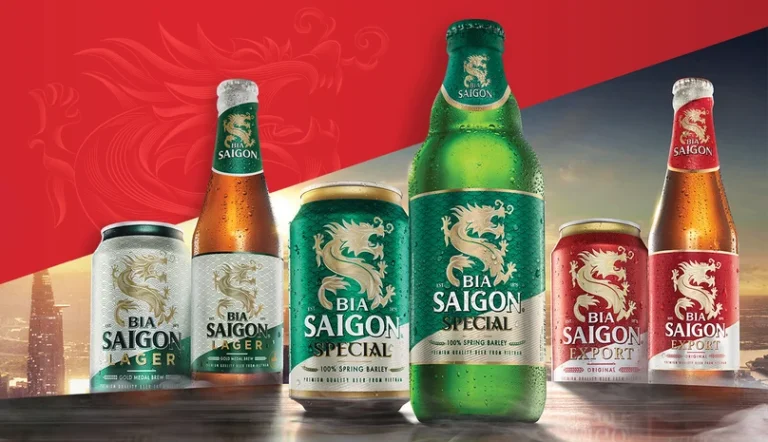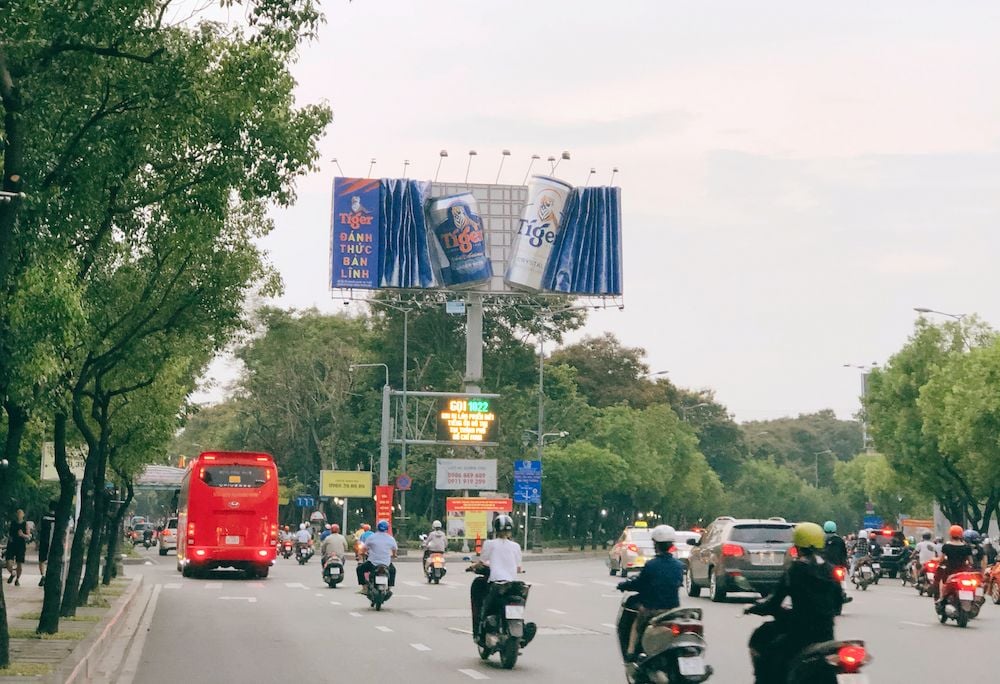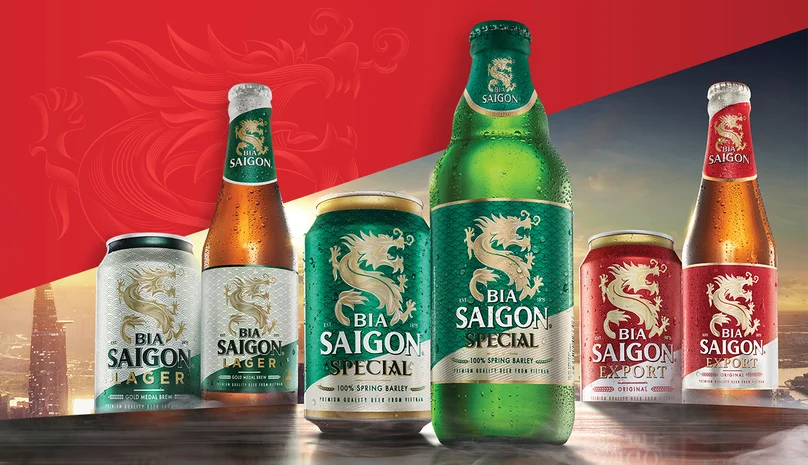
The history of warfare can be traced thousands of years ago, and anecdotes about wars in human history have always been told, lessons learnt and rules made for future generations. Those principles can also be applied to marketing activities, combined with contemporary marketing theories, opening up a more solid perspective and approach when analysing markets and making strategic decisions…
I consider myself a knowledge collector as I have gained a lot of experience through many roles, from researching, teaching to business consulting, and through many fields from advertising, digital marketing to brand marketing. Many people will think that experiencing through many professions will be too complicated and confusing when learners themselves do not focus on one clear profession. But for me, on the contrary, I believe that my journey through many roles and fields has given me a holistic view over the operation of the business that I consult, to reflect, to compare their similarities and disparities, the process of thinking that helps me unearth the principles of strategy and operation.
Indeed, the search for immutable rules has been going on for a long time, the most famous of which is probably the book “22 Immutable Laws of Marketing” by Al Ries and Jack Trout published in 1993. There are also many other publications on the law of immutability in many fields such as advertising or branding. Although the works still have many points that are inconsistent, we all found them acceptable to a degree. It’s been a long time since we have stepped into the digital age, yet there are still things that haven’t changed! I’ll admit it, “I am an enthusiast of exploring principles to build sustainable business models of today by rummaging through treasures of ancient-but-never-outdated knowledge.
What do war and marketing have in common? Indeed, it’s really a lot; since 1998, the same authors Al Ries and Jack Trout have been searching for these commonalities through the work “Marketing Warfare: How to Use Military Principles to Develop Marketing Strategie”. This book offers the most rudimentary comparisons of the two concepts of war and marketing and draws out the most general principles of strategy that contemporary managers and marketers can apply to their business practice and lives. In 2021, I take the liberty of building on the vast knowledge base that the two authors have painstakingly researched to continue the story of war and modern marketing, with a more up-to-date perspective and interesting case studies in the Vietnam domestic market.

First of all, we must agree that strategy is rooted in war; the fundamental strategy is the method armies use to gain an advantage on the battlefield. Hence, isn’t the way that businesses and brands are planning to gain market share in markets in the present time also quite identical to those of fundamental strategy? Today’s business owners and brand managers are so much like military generals who have to understand the strategy, understand the relationship between our troops and the enemy to analyze and deliver effective measures, so much like brand positioning and strategy which are based on relevant factors such as consumers and internal resources of the business.
As for war, strategy has two basic forms: Offensive and Defensive which are quite popular in football or boxing. In marketing, the strategy is a bit more complicated by the involvement of multiple parties. The two authors propose four types of strategies including Attack, Defense, Flank, and Guerrilla. So, how many types of warfare strategies are there in the management world? First, let’s review an interesting case study in Vietnam’s beer market.
Enterprise strategy in the Vietnamese beer market
In contrast to the beverage market, which is quite dynamic and innovative, the beer industry is quite traditional. With a product that is not too innovative and different, the market is wide but dominated by a few players. How have businesses in the industry used strategies to compete? To understand the reasons behind their decisions, we first need to take a look at some of the characteristics of the market.
Three characteristics of the Vietnamese beer market
First, beer is a sizable market in Vietnam, with per capita consumption reaching approximately 44.1 liters in 2018, according to Statista. However, the beer industry has not had many brand-new names for a long time. Major players such as Sabeco, Habeco, Carlsberg, and Heineken have dominated 90% of the market.
Secondly, beer products have a clear division between foreign and domestic brands. Foreign beer products are quite popular in big cities, but in some localities like Hue, domestic beer products (for example, Huda) still dominate.
Third, from my point of view, beer is a fairly traditional industry with little room for innovation. This brings limitations in building a highly innovative strategy in this market.

Main segments of the industry
The premium segment is occupied by brands such as Heineken, Budweiser and, more recently, Sapporo from Japan. In the mid-range segment, there is Tiger beer. These are all international brands that are quite familiar to Vietnamese consumers. To compete for market share, these brands often apply a direct attack strategy at most communication channels as well as points of sale. This battle, in my opinion, is most likely about budget and speed. These are the best examples of the frontal attack of new brands and the defensive strategy of the established brands.
In addition to the extremely popular and widely consumed foreign brands, there are geographical segments in which domestic products still prevail and a strong defensive strategy is thus employed. For example, in Hue market, Huda beer almost occupies the entire market, and there are not many opportunities for foreign brands to penetrate. Only via mergers and acquisitions did Carlsberg succeed to first acquire Huda and then gradually take over the entire Central beer market. This can be seen as an illustration of the flanking strategy from Huda beer.

If the big brands have conquered all consumers, what are the opportunities for new brands in this market? Recently, beer companies have made a strategic change, no longer confronting the fierce market of traditional beer drinkers, to gradually gravitate towards younger audiences. This group of customers has a different psychology and consumption behavior; they do not drink beer to get drunk and have no need for prolonged drinking. Young people want to enjoy beer as a form of entertainment as being a little tipsy only. For this reason, the concept of light beer was born – with lower alcohol content, limiting the level of intoxication. Currently, this product line has achieved considerable growth with the participation of Tiger Silver, Heineken Silver, and Bud Light. From this perspective, it can be seen as a kind of strategy to surpass the brand when the new light beer segment is born, not stepping into the old market but boldly exploring a new market of new demand.
As for non-alcoholic beer, is this one of the innovations that will transform the beer market? To my knowledge, this type of product has been introduced since the 90s, and there is still an enormous disadvantage which is the difference in taste compared to the original lines. People who really enjoy drinking beer often do not accept this weird taste. Non-alcoholic beer products, from a personal point of view, are produced to target a group of people who both want to join traffic and drink beer. Whether this strategy is successful in Vietnam when traffic safety regulations are tightened forcing consumers to choose non-alcoholic alternatives will be an interesting question for the beer industry’s transformation in the future.
Competitive strategy of SABECO group
As a long-standing brand but newly merged and subsidized like SABECO, what will be the right strategic option for them? From my observation, SABECO is applying an offensive strategy covering all fronts and product segments, declaring war directly against foreign brands such as Heineken and Tiger.
After receiving the investment of ThaiBev Group, SABECO rebranded and launched a new identity and packaging for Saigon Beer products. The image of the Asian dragon is highlighted on the can as a direct confrontation with Tiger beer in the mid-range segment. In addition, the 333 beer product line has also been changed to a more luxury image aimed at export markets. In the light beer segment, SABECO also launched Saigon Chill Beer which is produced by deep cold filtration at -2oC in order to keep the original flavor of beer more intact than other product lines.

I consider this a bold strategy to regain the domestic beer market, but it requires a lot of commitment from SABECO and the ThaiBev group. The reason that they confidently chose this path, from my own perspective, is thanks to the abundant investment and the know-how they have on the beer market. It is obvious that domestic beer products like Huda still capture a certain market share of loyal local drinkers when global brands enter Vietnam. SABECO thus has nothing to care for the loss of their market share, but they must be more ambitious than that when deciding to adopt the encirclement strategy to win back the domestic beer market in all segments. I wish they can materialize it.
The applicability of warfare strategy in contemporary marketing
Through the beer industry case study and the above examples, we can see that there are many similarities in principles of strategy between war and marketing. Through the time of researching and comparing sources, I have drawn out ten original strategies for business as follows:
1. Defense
- Positioning Defense
- Contraction Defense
- Counter-offensive Defense
- Preemptive Defense
- Mobile Defense
2. Attack
- Frontal Attack
- Flank Attack
- Guerilla Attack
- Encirclement Attack
- Bypass Attack
If readers are interested, I would like to continue the Warfare and Marketing series in the next articles to explain in more detail these ten original strategic options with specific illustrations and examples.
See you in the next post,
Minh Minimal